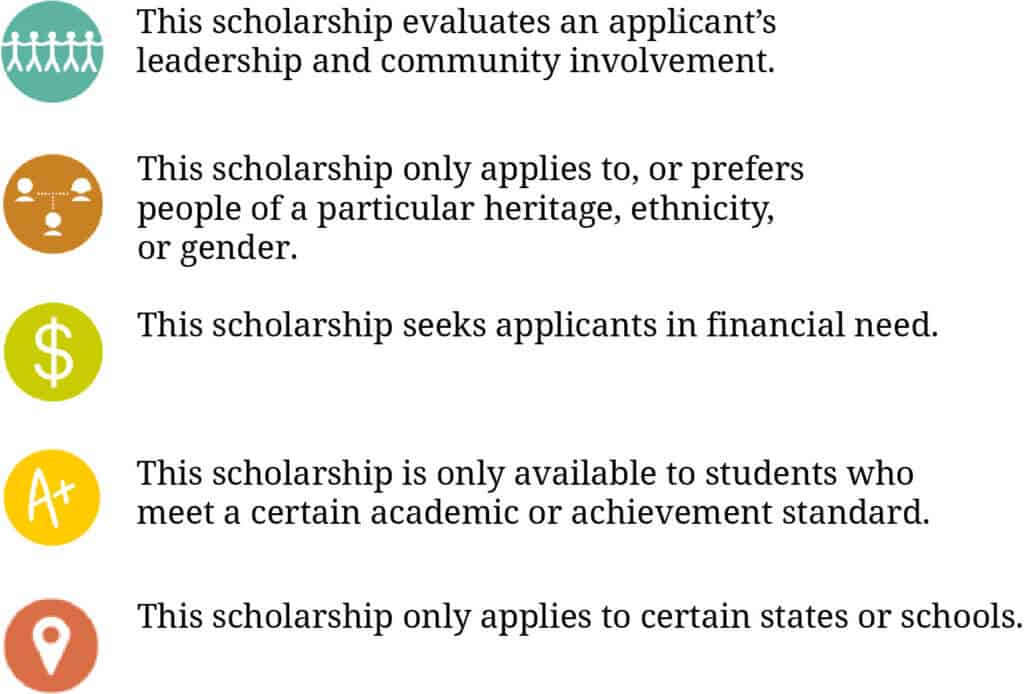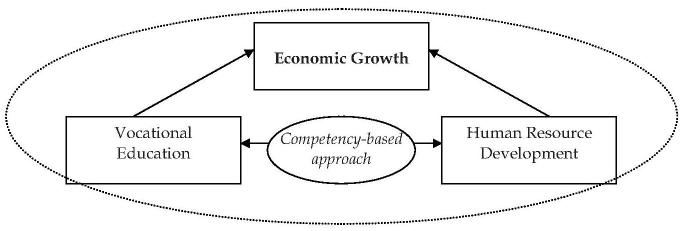
SignNow is the reliable eSignature option for you. You can easily customize your How to Apply Student Loan using the powerful form editor. After you have uploaded your How To Apply Student Loan document, the editor will allow you to open it using the Edit and Sign toolbar. You can add new fields and save, email, or download the signed document.
Federal student loans
Learning how to apply for federal student loans is essential to your college-going success. It is possible to borrow the full amount of your education. However, this is not recommended. You can use a student loan to help you pay tuition and living expenses. But, make sure that you know the total cost and subtract the available resources from your net price. You can repay your loan later if you borrow less than the total amount.
Fill out the FAFSA form to request a Direct Unsubsidized Loan. For assistance, contact your school's financial aid department once you have completed your FAFSA. You should receive your Student Aid Report within two weeks once your application is reviewed and approved. Schools use the Student Aid Report (SAR) to determine how much money you are eligible for. Depending on your school's requirements, you may also submit an online application through CollegeBoard.

Cosigner
Although it is possible for student loans to be approved without a cosigner (and it is possible), it is important you fully understand the implications. This arrangement could cause credit damage and even endanger your relationship with your cosigner. If you are desperate for financing to attend college, you may need to add a cosigner to your application. To discuss your options, you can contact a lender if this is the case.
It is important to inform your cosigner regarding the payment plan and other options. Inform them how they can reach you if they have any questions. Be sure to explain to them that you've done your research and that you've looked into other financial options. It is a good idea if you don't want to have awkward conversations later on to create a separate agreement. Be aware that cosigning a contract is a major commitment.
Credit score minimum
Lenders take into account credit score when approving loan application. While meeting the minimum credit score will increase the applicant's chance of approval, it is not a guarantee. Students with credit scores less than 649 will be limited in their options. It is possible to get a student loan even if you have a low credit score. However, a cosigner may be required. This is true, but there are still other options.
A credit score of 670 is required if you are planning to apply for a private student loan. Some private lenders consider credit score guidelines trade secrets and only reveal them to you when you apply. Other lenders might offer prequalification services that will let you determine whether your credit score is good enough to be approved. This can help you save money and prevent your credit score from being damaged. The credit score requirement for private student loans is usually between 600 and 700.

Income requirement
Before you can be approved for a student loan, most lenders require that you have stable income. Although students with less experience or skills may not be able to make a steady income, they are more likely have a higher ratio of debt to income. You can still make money in college, even though this is a fact. You can find part-time jobs and apply with a co-signer to lower the monthly repayment amount.
Federal agencies don't have the right to see data on student loans or applicants. The government has set rules regarding the sharing of information between agencies. You'll need to submit a paper copy of your tax return or a link to it if you apply for an income-driven repayment plan. Sometimes, income from the parent may be taken into consideration. This does not apply for one-year and graduate degrees.
FAQ
What is homeschooling and how does it work?
Homeschooling allows children to be educated at their own home by their parents. It's also known as home education, self-education, and home educating.
Families who wish to homeschool their children are well served by this option. They can receive a high-quality education at home.
Children are educated by their parents from the time they are born until they reach high school. They choose the subjects they wish to study, and how long each subject should be studied. Everything is learned by the student on their own.
The parents decide when to teach their children. Most schools recommend that children start classes at age four to twelve years. However, some families choose to wait to begin teaching their children until they reach kindergarten.
There are many resources parents can use to help them navigate the curriculum. Videos, books, websites, magazines, and even magazines can provide valuable lessons.
Many families find homeschooling fits well into their busy lives. The parents can spend more time together than traditional public school teachers.
What's the difference between private and public schools?
All students have the right to free education in public schools. They offer education from kindergarten to high school. Tuition fees for private schools are payable by each student. They provide education from preschool to college.
Charter schools, which are private but publicly funded, are also available. Charter schools don’t follow traditional curriculum. They give students more freedom and allow them to pursue their interests.
Charter schools are popular among parents who believe their children should have access to quality education regardless of financial status.
Who can homeschool?
Anyone can homeschool. There aren't any requirements.
High school graduates are qualified to teach their children. Many families decide to teach their grandchildren while they are still in high school.
Parents can teach their children even if they have not received formal education.
After meeting certain requirements parents can become teacher certified. These requirements differ from one state.
Some states require all homeschooled children to pass a test prior to graduation. Others do not.
Homeschooling parents must register their family with the local school district.
This process involves filling out paperwork and submitting it to the school board.
After registering, parents will be able to enroll their child in either public or privately-funded schools.
Some states allow parents to homeschool, but they must register their children with the government.
If you reside in one of these states you are responsible for making sure your children comply with the compulsory attendance laws.
Statistics
- These institutions can vary according to different contexts.[83] (en.wikipedia.org)
- Globally, in 2008, around 89% of children aged six to twelve were enrolled in primary education, and this proportion was rising. (en.wikipedia.org)
- Among STEM majors, that number is 83.5 percent. (bostonreview.net)
- And, within ten years of graduation, 44.1 percent of 1993 humanities graduates had written to public officials, compared to 30.1 percent of STEM majors. (bostonreview.net)
- Think of the rhetorical power of nineteenth-century abolitionist Harriet Beecher Stowe, Martin Luther King, Jr., or Occupy Wall Street activists with their rallying cry of “we are the 99 percent.” (bostonreview.net)
External Links
How To
How do I apply to scholarships?
You must first determine if you are eligible to receive scholarship funding. Scholarships are granted to those who meet certain criteria.
For example, you can receive a grant if you are economically disadvantaged. If you are enrolled in vocational training courses, you may be eligible for a work-study grant. If you are a member or a minority group, you may be eligible for a grant.
Once you've determined your eligibility for a specific type of scholarship, it is time to start applying.
You can apply online, in person, or over the phone. The application process varies depending on the type of scholarship.
For some scholarships, you will need to submit essays about you and your reasons for applying. Others ask questions like, "Why did you choose this major?"
You must fill out an application for scholarships and attach supporting materials.
Your scholarship provider will review the information you provide. If you have been selected, you will be notified either by email or mail.
You might be eligible for another scholarship even though you are not chosen. Contact your scholarship provider for details.